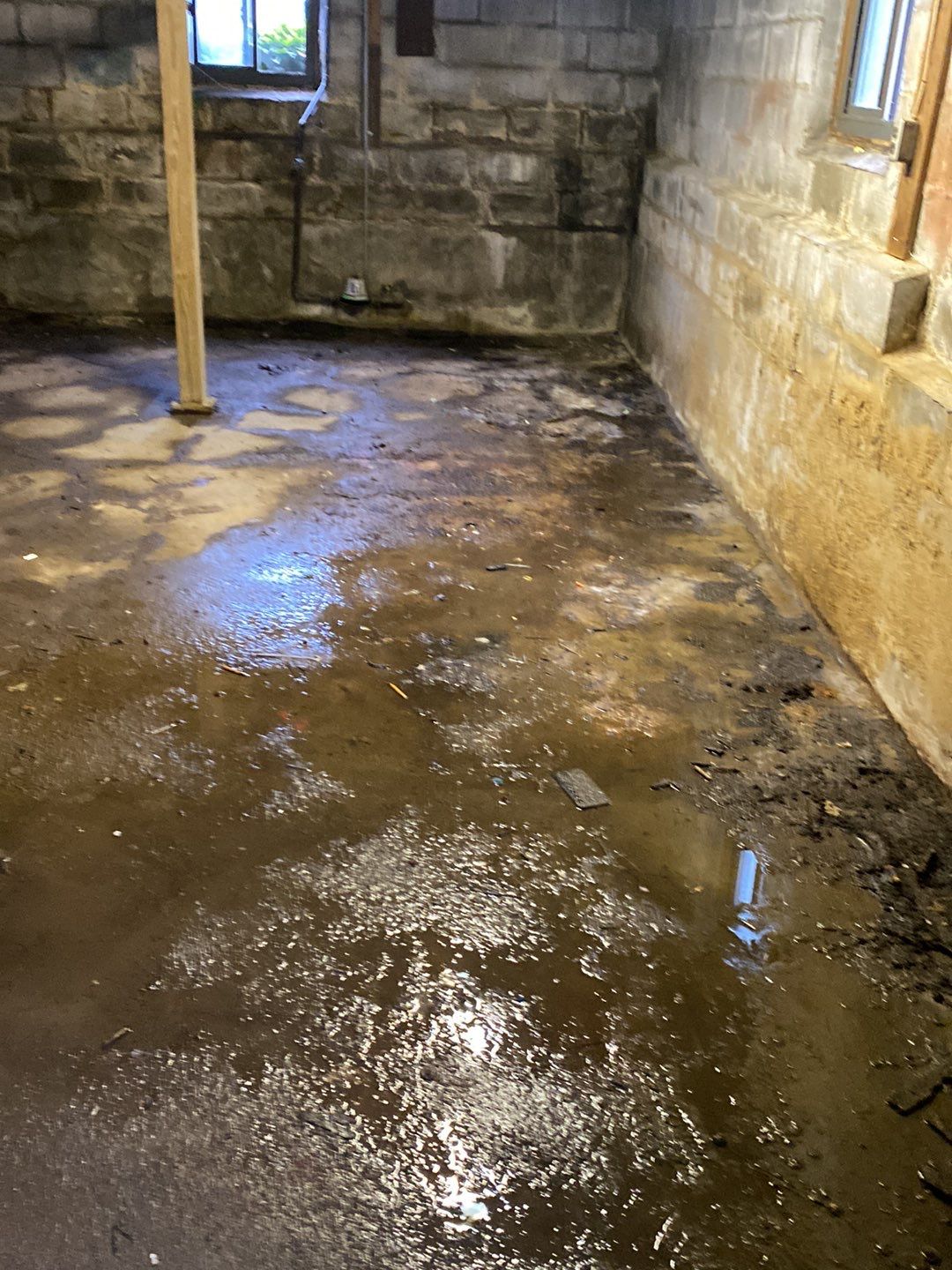Your foundation does more than support your home—it protects everything above it. When issues start to form, the symptoms aren’t always dramatic at first. A small crack, a door that sticks, or a musty smell in the basement might seem minor. But these early warning signs can point to serious underlying problems that get worse over time.
Recognizing the signs of foundation trouble early can help you avoid costly repairs and protect your home’s long-term value. Here’s what to watch for.

Foundation problems often reveal themselves inside your home before they’re visible outside. These early symptoms may seem small at first, but they can be signs of serious movement beneath the surface. Watch for:
These interior signs should never be ignored. Even if the changes seem cosmetic, they can point to deeper structural problems that may worsen over time.

While interior symptoms are easier to spot during your daily routine, the outside of your home can offer some of the clearest signs of foundation movement. Take a walk around your property and watch for these changes:
Exterior signs are often more advanced than interior ones, and they may indicate that the problem has been developing for some time. If you notice any of these issues, it’s important to have your foundation evaluated before the damage spreads.

Some of the most serious signs of foundation problems show up below ground level. Whether you have a full basement or a crawl space, changes in these areas often point to water intrusion, shifting soil, or structural pressure. If you’re noticing any of the following, it’s time to take a closer look:
Basement and crawl space issues often go unnoticed until they’ve done real damage. If you see—or smell—any of these signs, Drycrete’s team is ready to help diagnose the issue and recommend a lasting solution.
Foundation issues never fix themselves. What starts as a hairline crack or a door that sticks can turn into much bigger problems if left unaddressed. As the ground beneath your home shifts—due to moisture, frost, or poor soil conditions—small signs of movement can escalate into structural damage.
Cracks can widen, walls may begin to bow, and water can find its way into your basement or crawl space. That water brings more than moisture—it brings the risk of mold, ruined belongings, damaged flooring, and costly repairs to your home’s interior. Even something as simple as an uneven floor can start to affect framing, drywall, and mechanical systems over time.
The longer you wait, the more the damage can spread—and the more expensive it can be to fix. In some cases, what might have been a straightforward repair becomes a full structural reinforcement or replacement project. Acting early not only protects your home’s value but also helps you avoid stress, disruption, and unexpected costs.
If you’re unsure whether the symptoms you’re seeing are serious, that’s exactly what Drycrete is here for. We’ll inspect your home, explain what’s going on, and give you the facts. No pressure, no scare tactics—just honest answers from a team that’s been trusted by homeowners across Massachusetts for over 30 years.
At Drycrete, we don’t just patch cracks and call it done. Our team starts with a full inspection to identify what’s really happening beneath your home. Whether the issue is soil settlement, water pressure, or age-related shifting, we’ll provide a clear explanation and a solution designed to last.
We’ve helped thousands of homeowners across Massachusetts protect their foundations, stop leaks, and restore peace of mind. And with more than 30 years of experience, we know what it takes to do the job right the first time.
If you’ve noticed any of the signs above, contact Drycrete today. We’ll inspect your foundation, explain what’s happening, and offer the right solution—without pressure, just answers. The sooner you act, the easier it is to fix.
5.0
Over 800 reviews